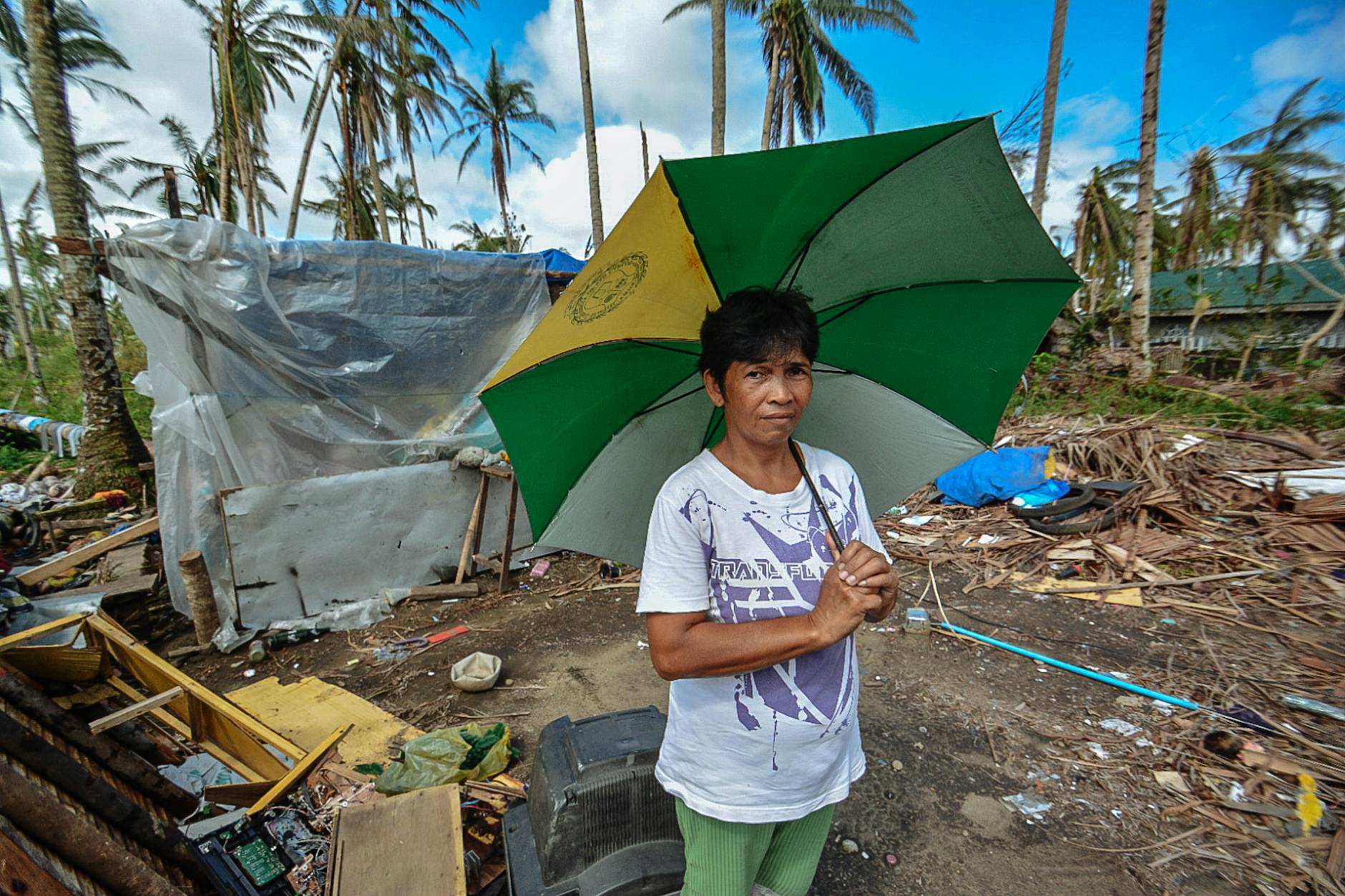A wave of profound grief and monumental challenges has swept across the Philippines following a catastrophic typhoon, which has tragically claimed over a hundred lives and left a trail of widespread destruction. The nation is now confronting an immense recovery operation, even as the specter of further severe weather looms large, compounding the urgency of humanitarian aid and rebuilding initiatives across affected regions.
Unfolding Tragedy: The Scale of Devastation Across the Archipelago
The recent severe tropical storm has unleashed unprecedented chaos, leaving countless communities in disarray and forcing a nationwide reckoning with the sheer force of nature. Reports from the hardest-hit areas paint a grim picture: vast expanses of land submerged by relentless floodwaters, critical infrastructure severely damaged, and entire neighborhoods reduced to debris. The human toll is particularly heartbreaking, with officials confirming fatalities exceeding 114 individuals, a number that underscores the profound impact on families and communities. Haunting images of vehicles haphazardly piled up on inundated streets serve as stark visual testaments to the storm’s destructive power, signaling the long and arduous journey ahead for clean-up and reconstruction.
A Region on Edge: The Storm’s Path and Lingering Threats
Adding to the Philippines’ immediate woes, the same formidable weather system, identified as Kalmaegi, continued its destructive journey, subsequently impacting parts of Vietnam. This trans-regional event highlights the interconnected vulnerability of Southeast Asian nations to powerful tropical cyclones. Alarmingly, the Philippines now faces the daunting prospect of another approaching storm, a development that poses a significant threat to ongoing rescue and relief operations and could further exacerbate the suffering in already devastated areas. The continuous cycle of severe weather systems presents an ongoing challenge for disaster preparedness and resilience building in the region.
Resilience in the Face of Adversity: The Path to Rebuilding
Despite the overwhelming scale of the disaster and the persistent threat of more inclement weather, the spirit of resilience among the affected populations shines through. Communities are rallying together, supported by national and international aid, to begin the monumental task of recovery. The focus is now firmly on providing immediate relief, restoring essential services, and embarking on long-term reconstruction efforts. This challenging period underscores the vital importance of robust disaster response mechanisms and sustained global support to help the Philippines navigate this crisis and emerge stronger.

Leave a Reply